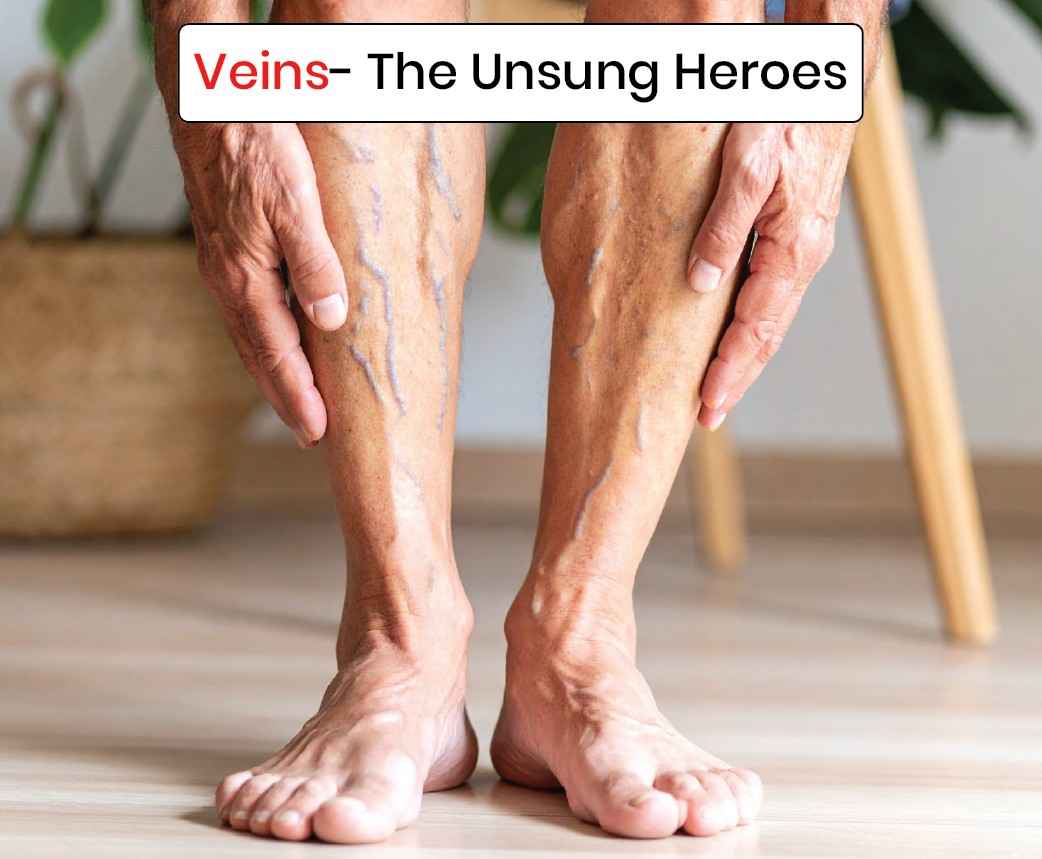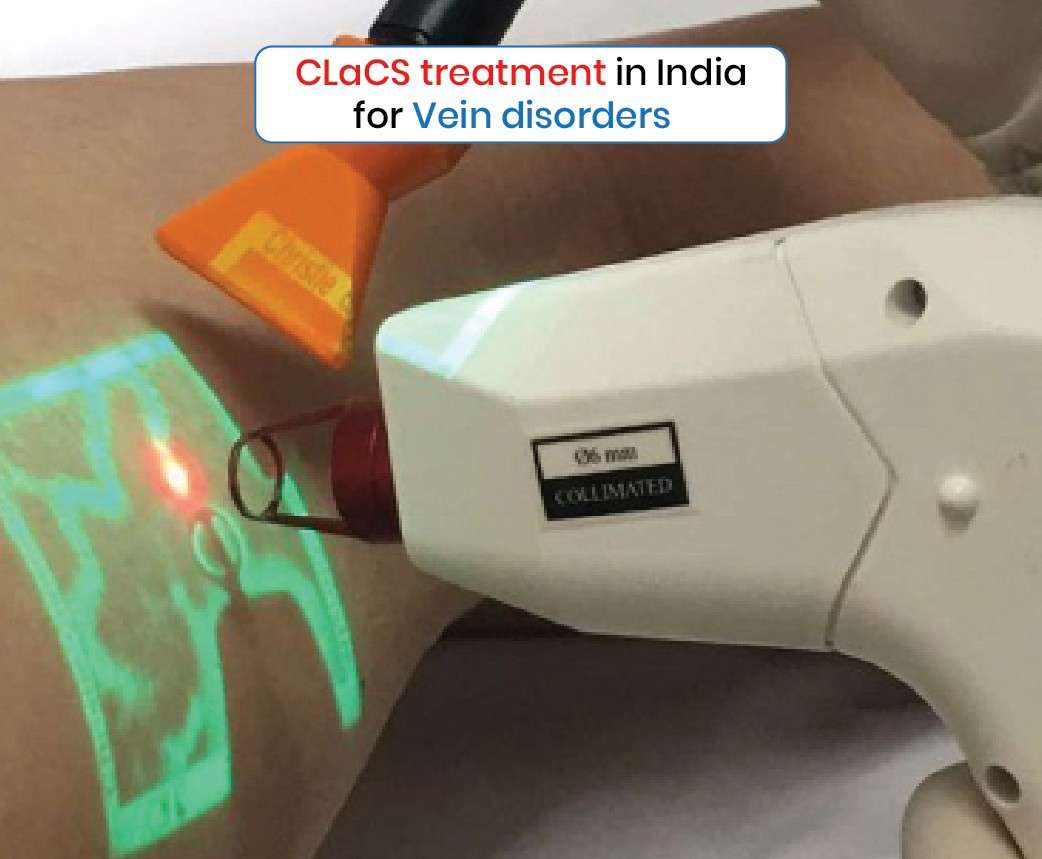Veins, often overshadowed by their more glamorous counterpart, the arteries, play a crucial role in maintaining the health and functionality of the human body. While arteries are recognized for their role in delivering oxygen-rich blood to tissues, veins quietly carry deoxygenated blood back to the heart. In this comprehensive exploration, we delve into the intricate anatomy of veins and shed light on the complications that can arise from disorders affecting these vital vessels.
Anatomy of Veins:
Veins are blood vessels that carry deoxygenated blood from various parts of the body back to the heart. Unlike arteries, which have thick, elastic walls to withstand high pressure from the heart’s pumping action, veins have thinner walls and rely on surrounding muscles and valves to propel blood toward the heart.
Veins are classified into different types based on their size, location, and function. Superficial veins lie close to the body’s surface and are often visible beneath the skin, while deep veins are located within muscle tissue and accompany major arteries. Additionally, there are communicating veins that connect superficial and deep veins, ensuring alternate pathways for blood flow.
Complications Caused by Vein Disorders:
Disorders affecting veins can lead to various complications, ranging from discomfort to life-threatening conditions. Some of the common vein disorders and their associated complications include:
Varicose Veins: Varicose veins occur when the valves in veins become weak or damaged, causing blood to pool and veins to enlarge and bulge. While often considered a cosmetic concern, varicose veins can cause symptoms such as pain, swelling, and skin changes. In severe cases, they may lead to venous ulcers, where persistent high pressure within the veins damages surrounding tissues, resulting in non-healing wounds.
Deep Vein Thrombosis (DVT): DVT occurs when a blood clot forms in one of the deep veins, usually in the legs. If the clot dislodges and travels to the lungs, it can cause a pulmonary embolism, a life-threatening condition. Risk factors for DVT include prolonged immobility, surgery, pregnancy, obesity, and certain medical conditions.
Chronic Venous Insufficiency (CVI): CVI results from prolonged venous hypertension due to valve dysfunction or obstruction in the veins. Symptoms include leg swelling, pain, heaviness, and skin changes such as discoloration and ulcers. Untreated CVI can significantly impair quality of life and may lead to serious complications like venous stasis dermatitis and lipodermatosclerosis.
Spider Veins: Spider veins are small, dilated blood vessels near the surface of the skin, often appearing as red or blue lines or clusters. While usually harmless, they can cause discomfort or self-consciousness in some individuals.
Thus, to conclude, veins play a vital role in maintaining circulatory health and ensuring efficient blood flow throughout the body. Understanding the anatomy of veins and the complications that can arise from vein disorders is essential for early detection, prevention, and management of these conditions. By recognizing the importance of veins and prioritizing their care, we can promote overall health and well-being for individuals of all ages.



